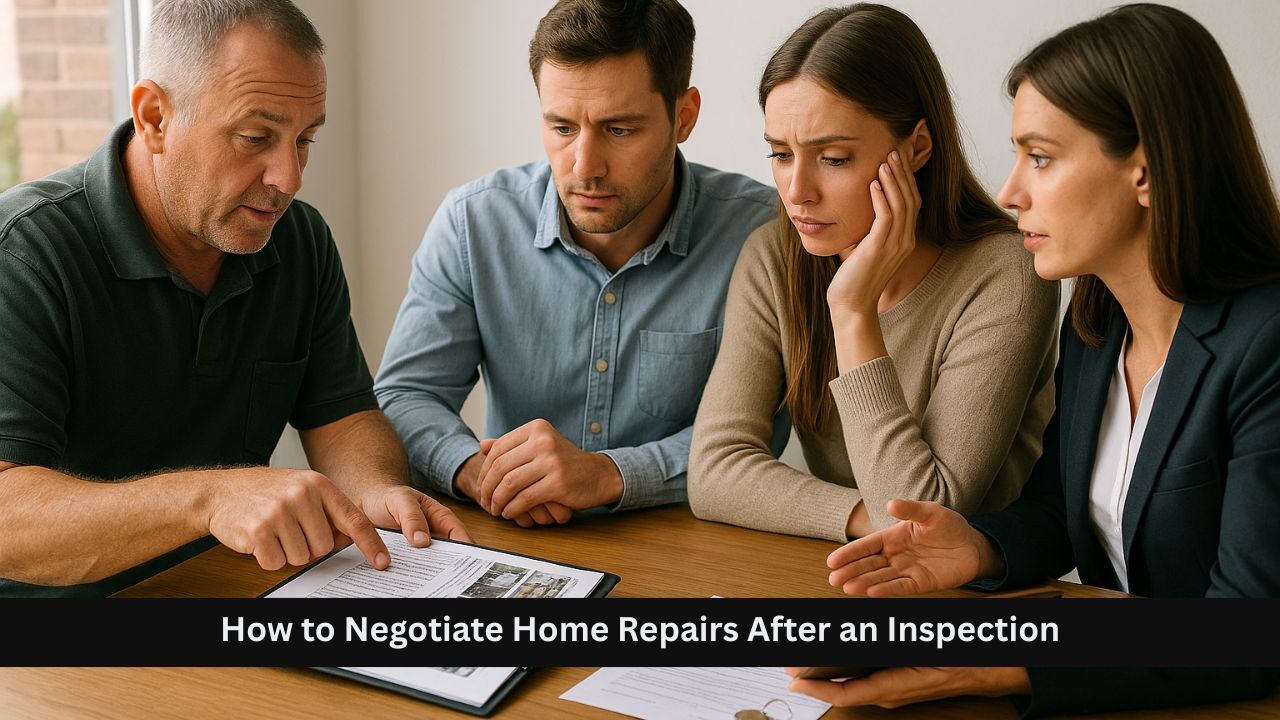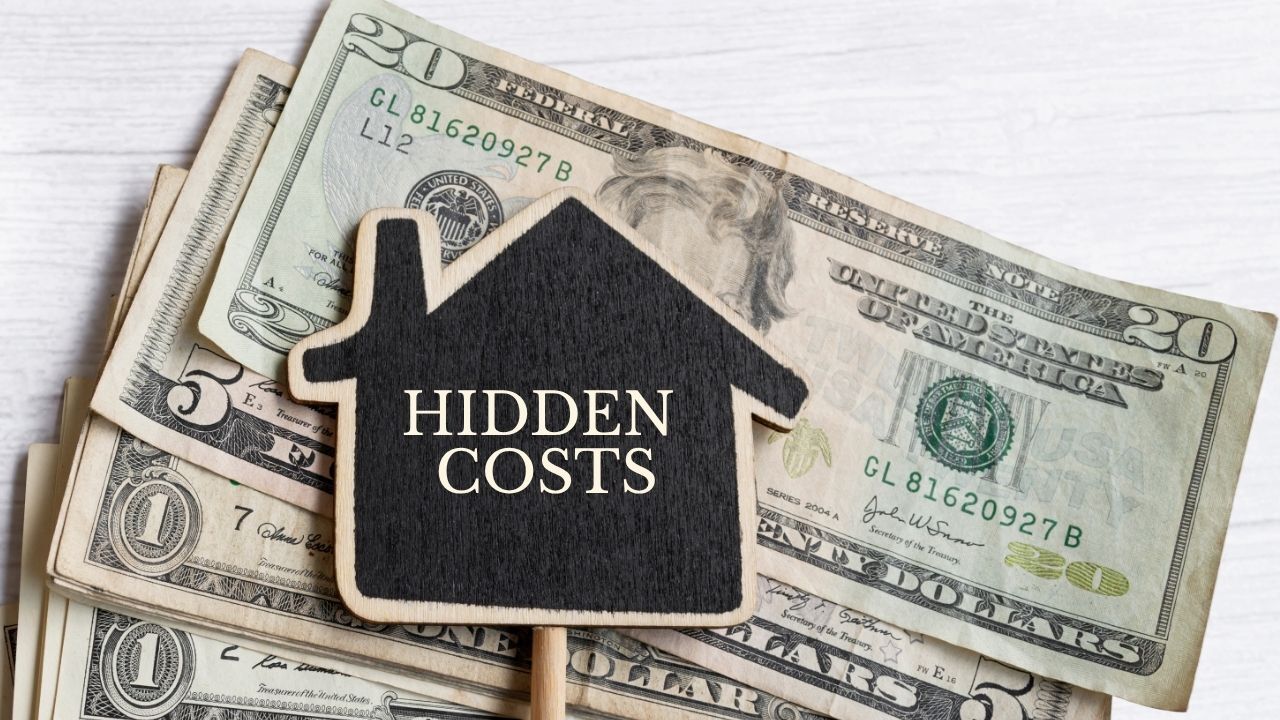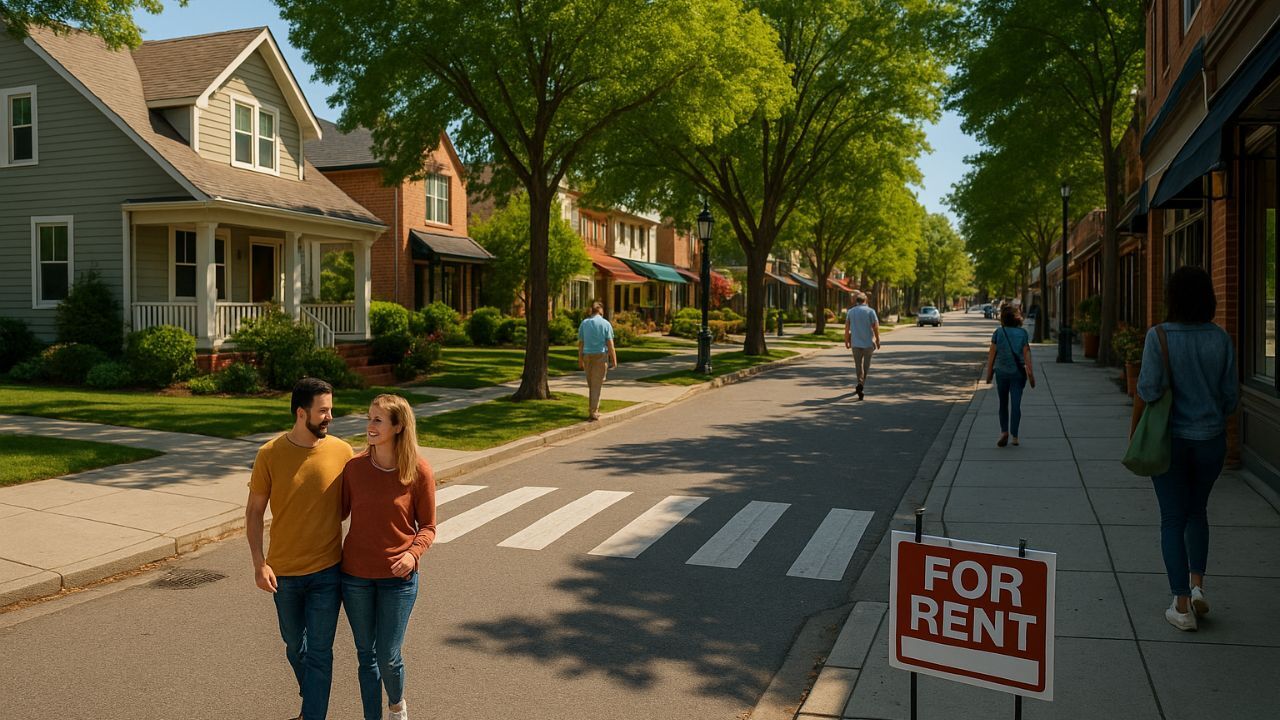 Older homes have charm, character, and architectural details that newer properties often lack. From original hardwood floors to vintage craftsmanship, they can feel timeless and full of personality. However, behind the charm can come age-related challenges that buyers should not overlook. Understanding how to budget for repairs and updates helps buyers make informed decisions and protects their investment long after closing.
Older homes have charm, character, and architectural details that newer properties often lack. From original hardwood floors to vintage craftsmanship, they can feel timeless and full of personality. However, behind the charm can come age-related challenges that buyers should not overlook. Understanding how to budget for repairs and updates helps buyers make informed decisions and protects their investment long after closing.
The Appeal of Older Homes
Many buyers are drawn to older homes because of their unique features and established neighborhoods. Larger lots, mature trees, and historical details often make these properties stand out from newer builds. Yet even well-maintained homes eventually need updates to meet modern standards for safety, efficiency, and comfort. Recognizing both the appeal and the potential costs can help buyers approach these homes with realistic expectations.
Common Repairs and Updates
When purchasing an aging home, certain updates are more common than others. Electrical and plumbing systems may need modernization to handle todayís appliances and technology. Roofs, windows, and insulation often require attention to improve energy efficiency and reduce utility costs. Buyers should also consider updating outdated kitchens and bathrooms, not only for aesthetics but for functionality and resale value. A professional home inspection can identify areas that need immediate repair versus those that can wait.
Budgeting Wisely for Renovations
A good rule of thumb is to set aside a portion of your budget specifically for updates and unexpected repairs. Even if the home appears move-in ready, surprises can surface once renovations begin. Obtaining quotes from contractors before closing can help you estimate realistic costs. Including a renovation buffer in your financing plan ensures that needed improvements do not strain your finances after purchase.
Leveraging Renovation Loans
Some mortgage programs allow buyers to finance both the purchase price and renovation costs in a single loan. Options such as FHA 203(k) or Fannie Mae’s HomeStyle loan can make it easier to modernize an older home without depleting savings. Working with a lender experienced in renovation loans can help you understand which updates qualify and how funds are distributed throughout the project.
Buying an older home can be incredibly rewarding when approached with preparation and clear budgeting. By factoring in necessary updates from the start, buyers can preserve the homeís charm while enhancing its safety, comfort, and value for years to come.
 A home inspection is one of the most important steps in the home buying process. It gives buyers a clear picture of the property’s condition and can uncover issues that are not visible during a showing. From roofing problems to electrical concerns, an inspection helps ensure you know exactly what you are purchasing. However, once the report arrives, the next step, and negotiating repairs, can feel overwhelming.
A home inspection is one of the most important steps in the home buying process. It gives buyers a clear picture of the property’s condition and can uncover issues that are not visible during a showing. From roofing problems to electrical concerns, an inspection helps ensure you know exactly what you are purchasing. However, once the report arrives, the next step, and negotiating repairs, can feel overwhelming. Buying a home is one of life’s biggest milestones, but it also comes with ongoing responsibilities that many first-time buyers overlook. The purchase price and mortgage are only part of the picture. Once the excitement of closing day fades, new homeowners often discover a range of hidden costs that can affect their monthly budgets and long-term financial stability.
Buying a home is one of life’s biggest milestones, but it also comes with ongoing responsibilities that many first-time buyers overlook. The purchase price and mortgage are only part of the picture. Once the excitement of closing day fades, new homeowners often discover a range of hidden costs that can affect their monthly budgets and long-term financial stability. When buying a home, location is often cited as the most important factor. One element of location that has gained attention is walkability. Walkability scores measure how easy it is to access amenities like grocery stores, restaurants, schools, and parks by walking. Understanding walkability can help buyers evaluate lifestyle benefits and potential resale value.
When buying a home, location is often cited as the most important factor. One element of location that has gained attention is walkability. Walkability scores measure how easy it is to access amenities like grocery stores, restaurants, schools, and parks by walking. Understanding walkability can help buyers evaluate lifestyle benefits and potential resale value. Buying a home can be stressful, especially in competitive markets. Knowing when a seller is motivated to sell can give you a strategic edge, allowing you to make offers that are more likely to be accepted while potentially saving money. Understanding the signs of a motivated seller and how to approach the situation can help buyers navigate negotiations confidently.
Buying a home can be stressful, especially in competitive markets. Knowing when a seller is motivated to sell can give you a strategic edge, allowing you to make offers that are more likely to be accepted while potentially saving money. Understanding the signs of a motivated seller and how to approach the situation can help buyers navigate negotiations confidently. When you are planning to buy a home, there is one number that should never be overlooked: property taxes.
When you are planning to buy a home, there is one number that should never be overlooked: property taxes.